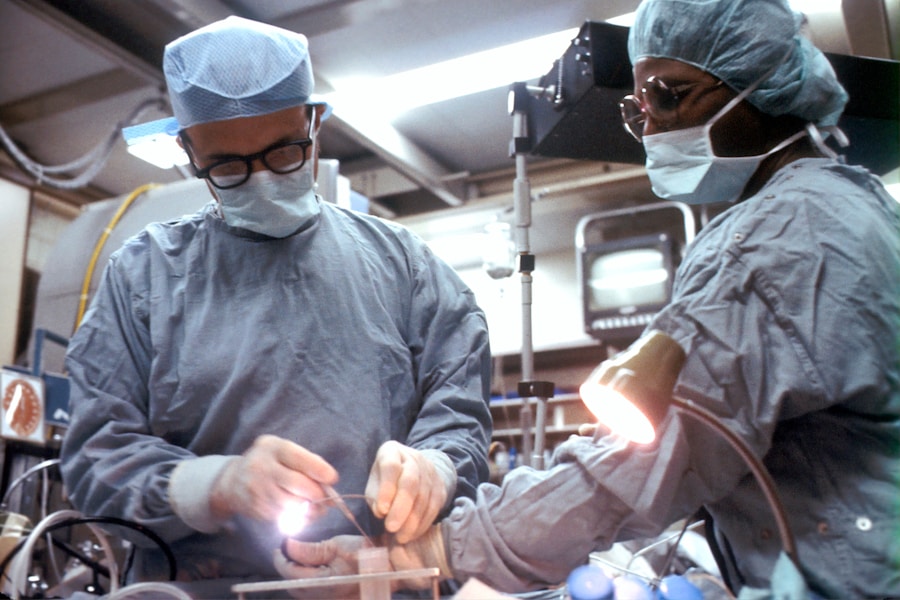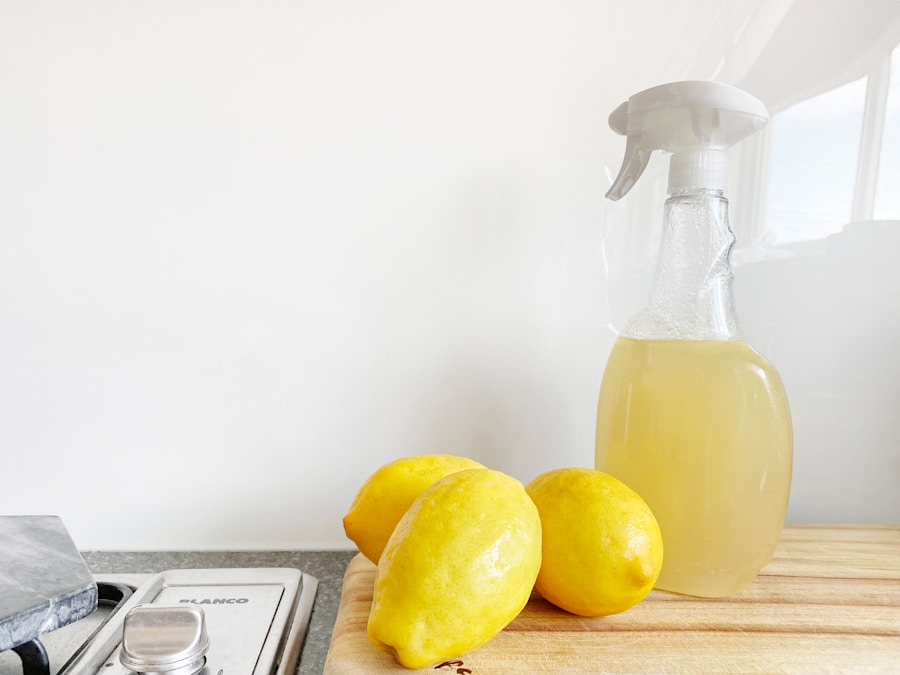The Science Behind Antimicrobial Surfaces in British Care Homes: What You Need to Know
Antimicrobial surfaces are designed to inhibit the growth of microorganisms such as bacteria, viruses, and fungi. These surfaces are becoming increasingly important in various settings, including care homes, hospitals, and public spaces, as they help to reduce the spread of infections and diseases. Antimicrobial surfaces can be made from a variety of materials, including metals, […]
The Science Behind Antimicrobial Surfaces in British Care Homes: What You Need to Know Read More »









